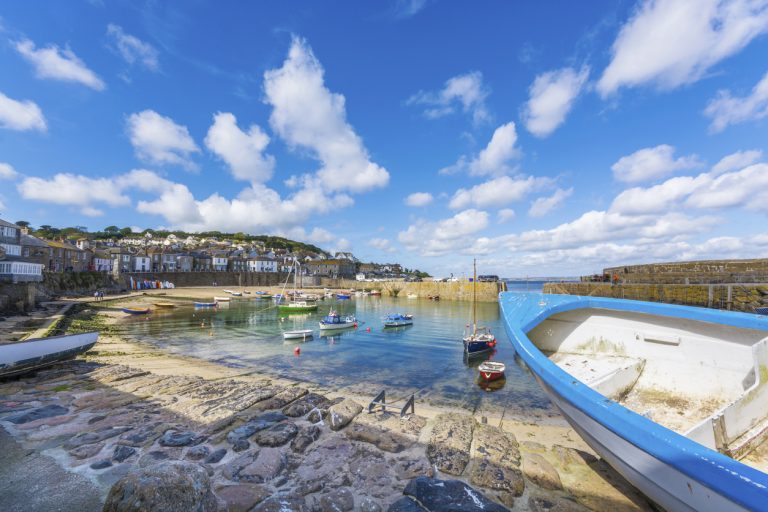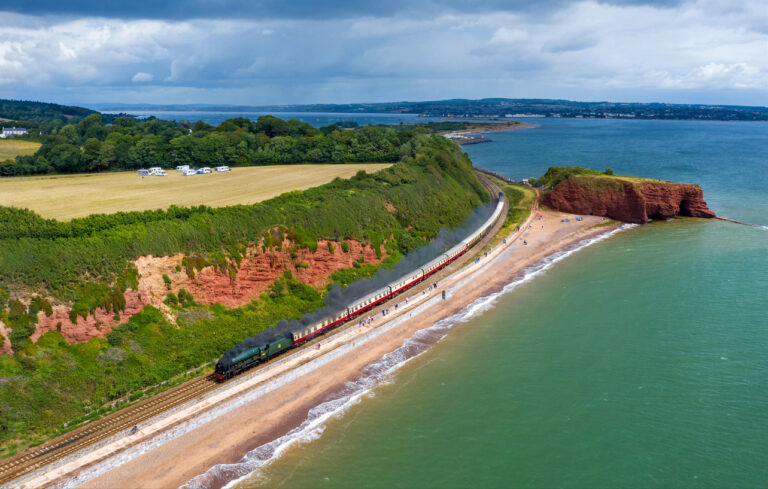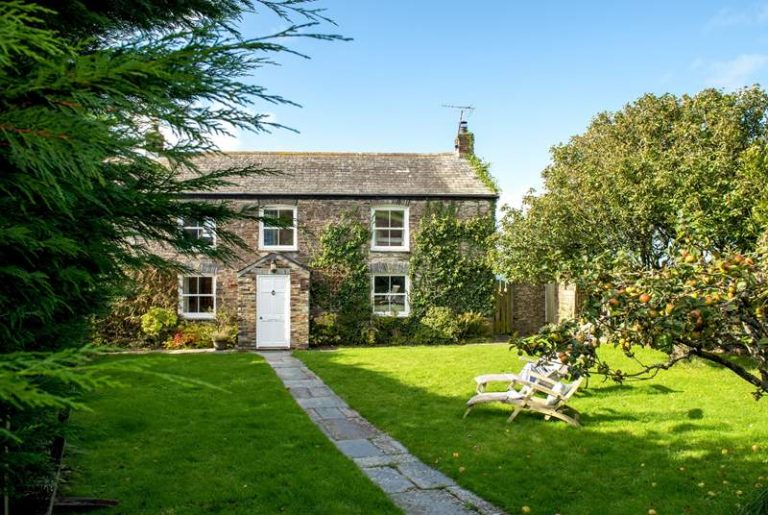The region of Mexico that’s unmistakably Cornish
“Thankyou to your ancestors” The curator of the pasty museum in Real del Monte, Mexico, told me. “They were significant in helping this entire region of Mexico develop after its independence”.
Three hours from Mexico City, into the country’s highlands, you’ll discover a city where you can purchase pasties and visit mining museums.
While Pachuca, the capital of the capital of the Mexican state of Hidalgo, is unmistakably Latin American, you’ll find pockets of Cornish culture throughout the city.
I’ve actually visited Pachuca and nearby Real de Monte twice now – once with my Cornish family and once with my partner. Here’s why it became such a pasty-loving, Piran-cross bearing hotspot,despite being 5,000 miles from Cornwall!
It all started with miners
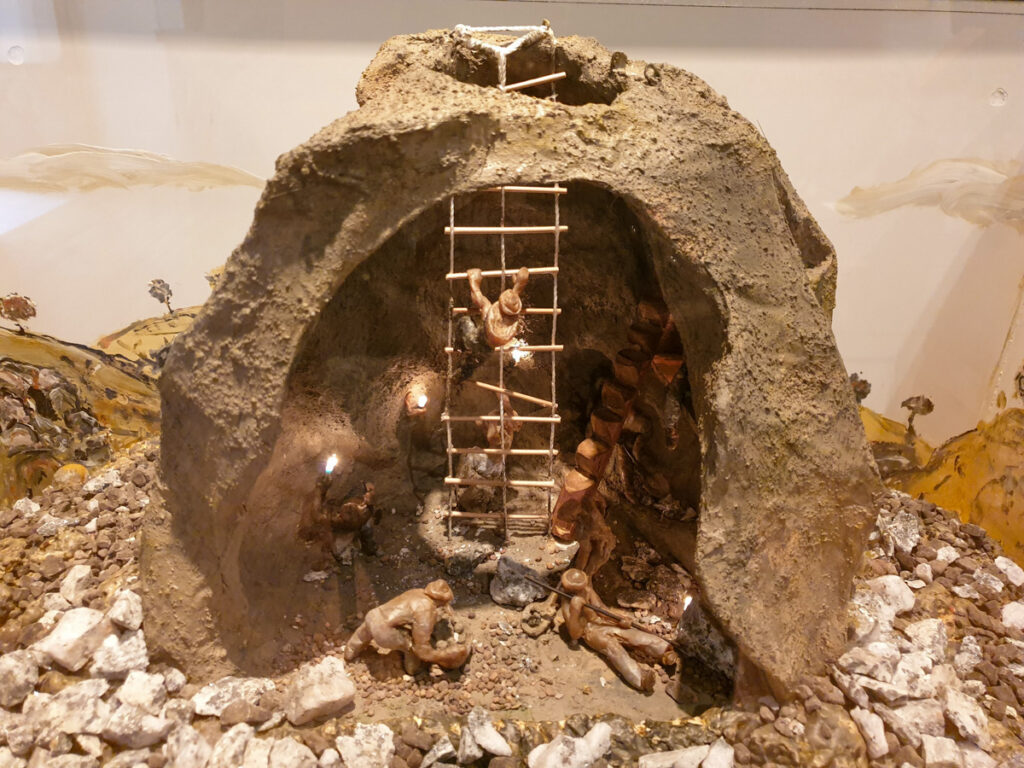
The reason Pachuca feels so Cornish is thanks to the immigration of Cornish miners in the early 19th century.
In the 1820s, after Mexico’s War of Independence, the country aimed to boost its mining industry – which had been neglected during the conflict.
But, while silver was abundant, Mexico didn’t have much experience with mining and required some tools and knowledge.
Recognising this gap, a group of British investors formed the Real del Monte Company and sought skilled miners to revive the silver mines.
And, of course, where in the UK was excellent at mining in the 19th century? Cornwall, of course!
Cornwall was renowned for its advanced mining techniques and experienced miners. The Cornish miners, familiar with hard-rock mining and steam engine technology, were seen as ideal candidates to improve the efficiency and output of Mexican mines.
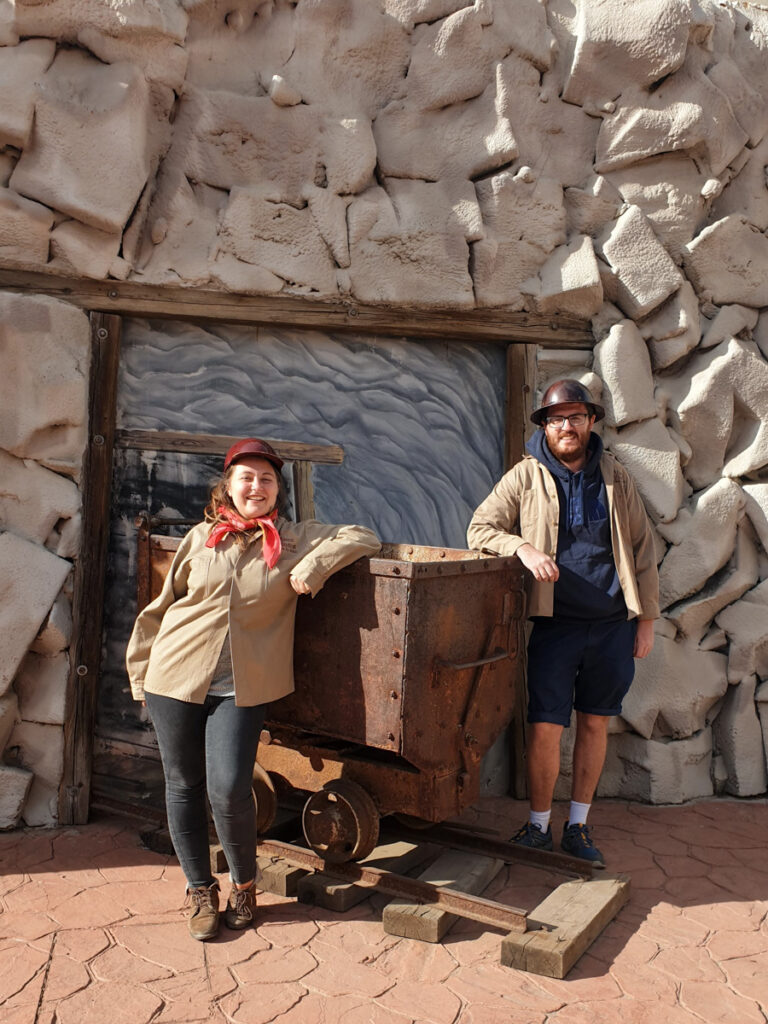
The tin mining industry was still very much active in the early 19th century, but many Cornish miners nonetheless migrated to Pachuca and Real del Monte.
They brought with them not only their mining skills but also aspects of their culture, which have left a lasting impact on the region.
Today, many residents of Pachuca and Real del Monte can trace their ancestry back to Cornwall.
How Mexican “pastes” evolved from Cornish pasties
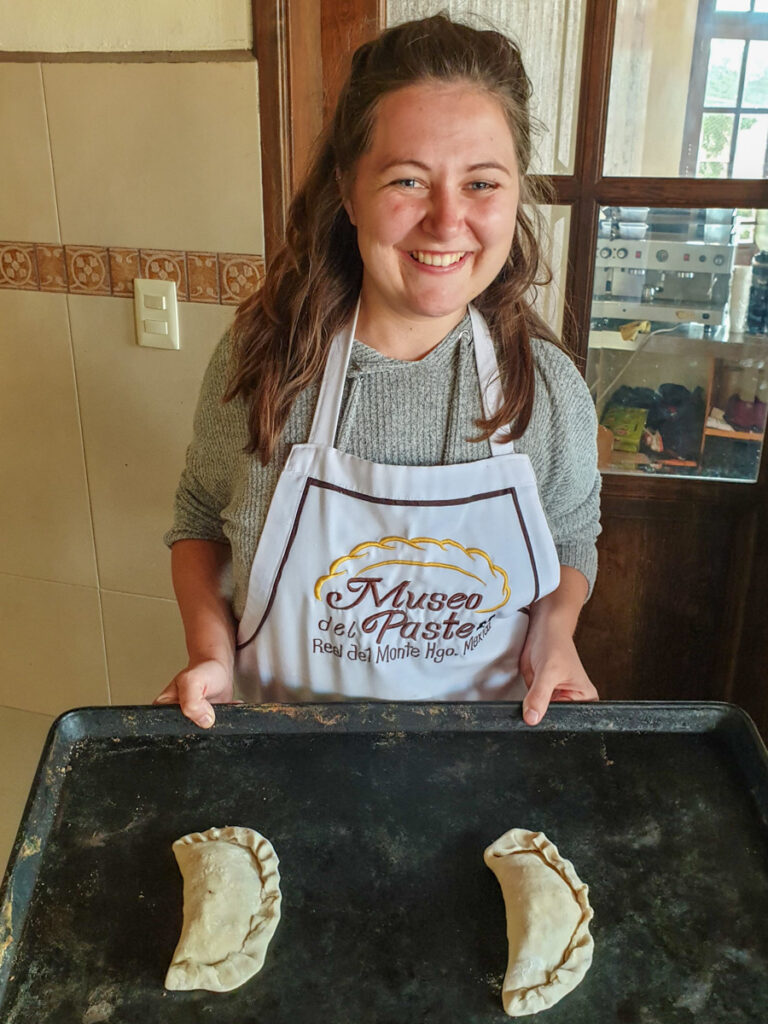
So, what’s up with all the “pastes” in Pachuca?
Well, it should come as no surprise that, when Cornish miners migrated to Mexico, one of the top things that they brought with them was Cornish pasties – or at least knowledge of how to make them!
However, not all ingredients were available, so while the miners wanted to get their pasty fix (and knew that they were excellent food to take into the mines!), they had to adapt to local tastes and cooking methods.
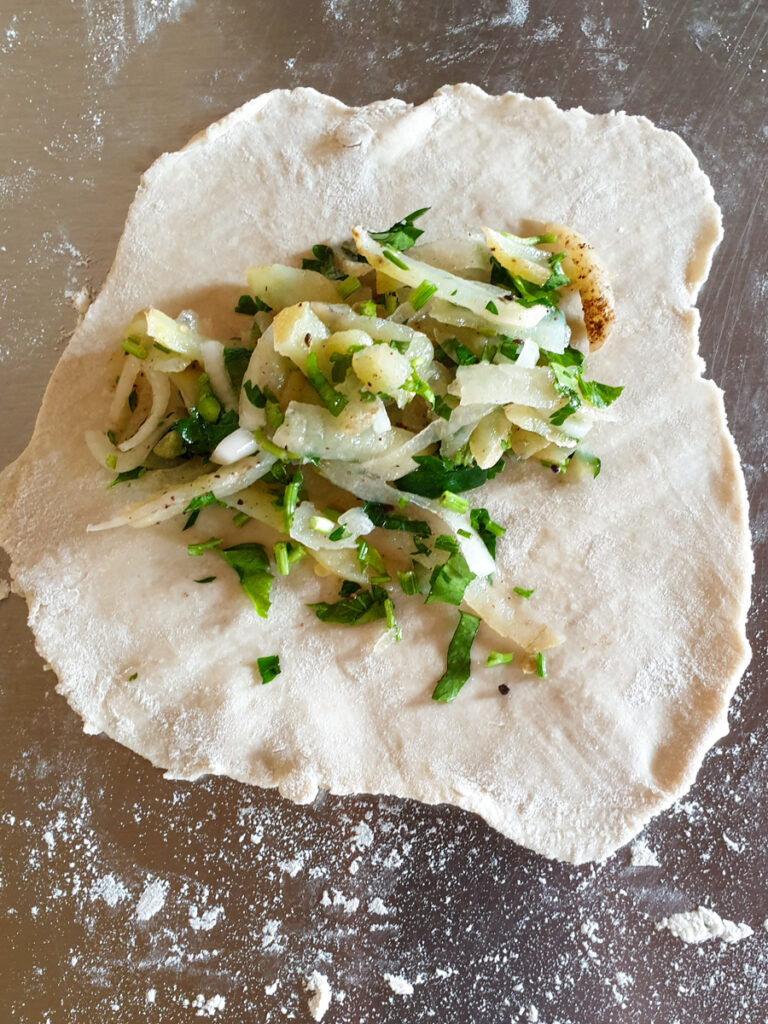
Mexican pastes certainly have their origins in Cornish pasties, but they contain fillings like beans, chilli with cream and tuna! Definitely not traditional!
However, head to Real del Monte, and you’ll find the world’s only pasty museum!
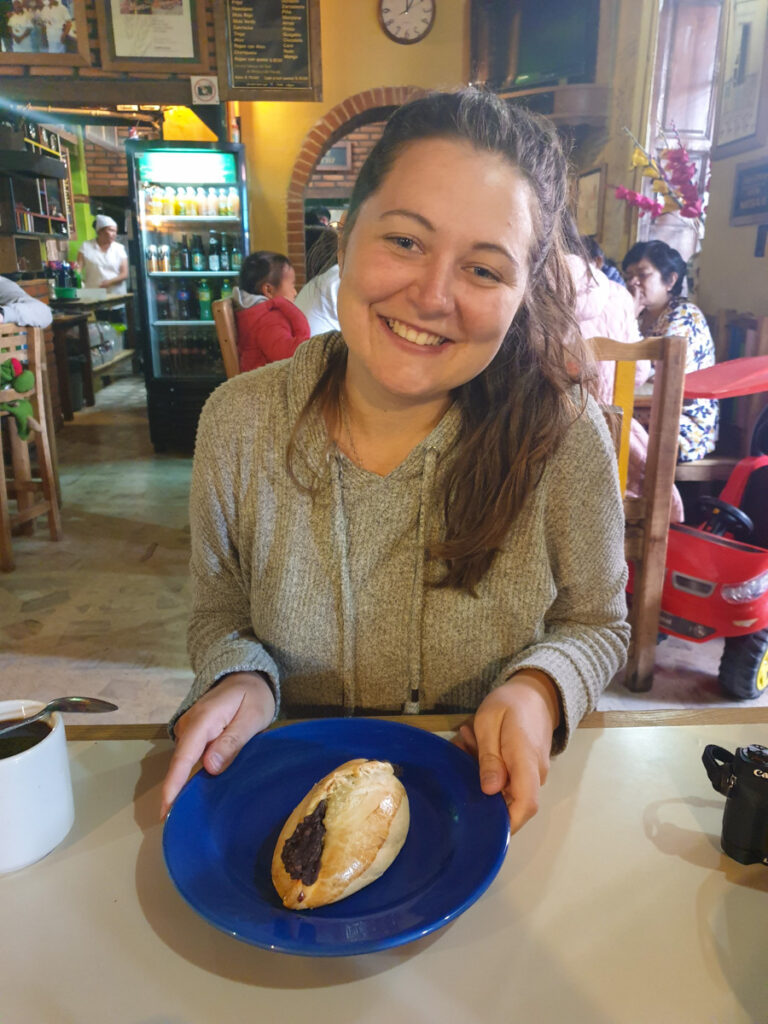
The Cornish brought football to Mexico!
Another little-known fact is that Cornish miners introduced football to Pachuca – and they became the nation’s very first team!
So, it’s generally thought that Cornwall brought football to Mexico – who are nowadays a world-class football team (and a nation who absolutely loves the sport).
Nowadays, there’s a football museum in Pachuca which commemorates this.
There’s even a Cornish graveyard
The Cornish graveyard, or Panteón Inglés as it’s otherwise known, was built as a Cornish community cemetery in Real del Monte in 1844.
There are 755 graves here, all of which served as the final resting place for Cornish miners and their families who had passed in the city.
They’re all pointed East, towards Britain – apart from that of Richard Bell the clown, who wanted to face the other way to “not turn his back on Mexico”!

Return to Britain
Over the decades, Cornish and Mexican culture fused in Pachuca and Real del Monte. Many Cornish miners married and had children with local women – some of the next generation were taught mining know-how.
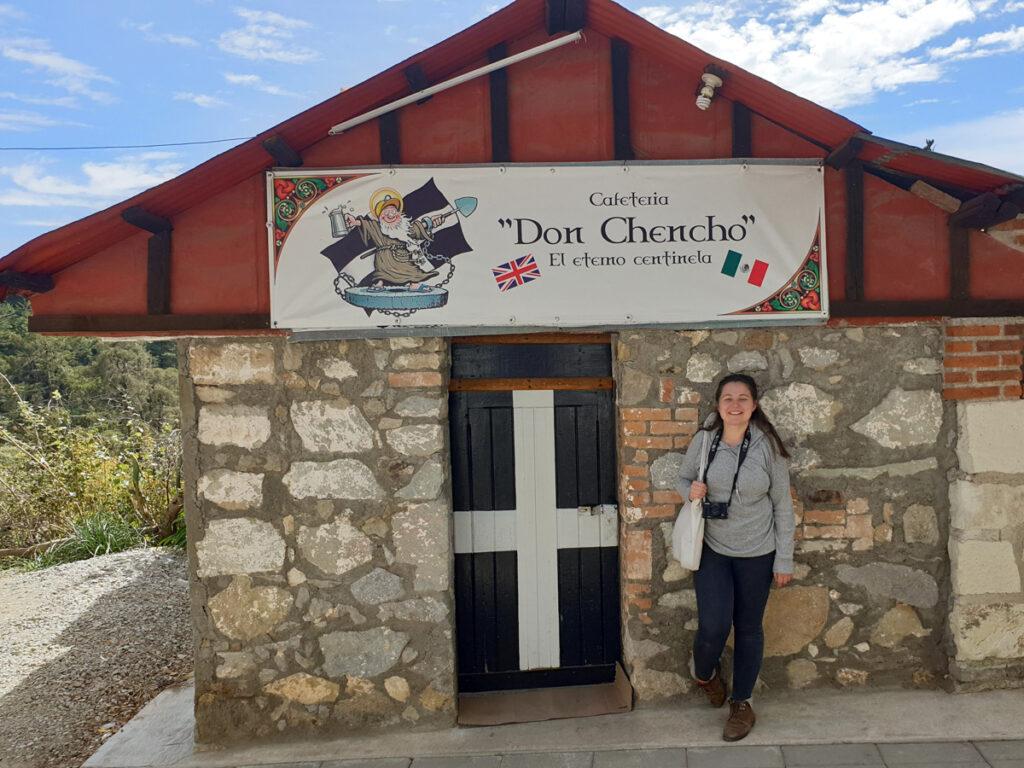
But in 1910, the Mexican Revolution began. This brought fighting to Hidalgo, and in response, many Cornish people who didn’t have familial ties to Mexico returned to the UK. The mines re-opened after the revolution and continued operating until the 1980s, but the region was never quite the same!
How to visit Pachuca and Real del Monte
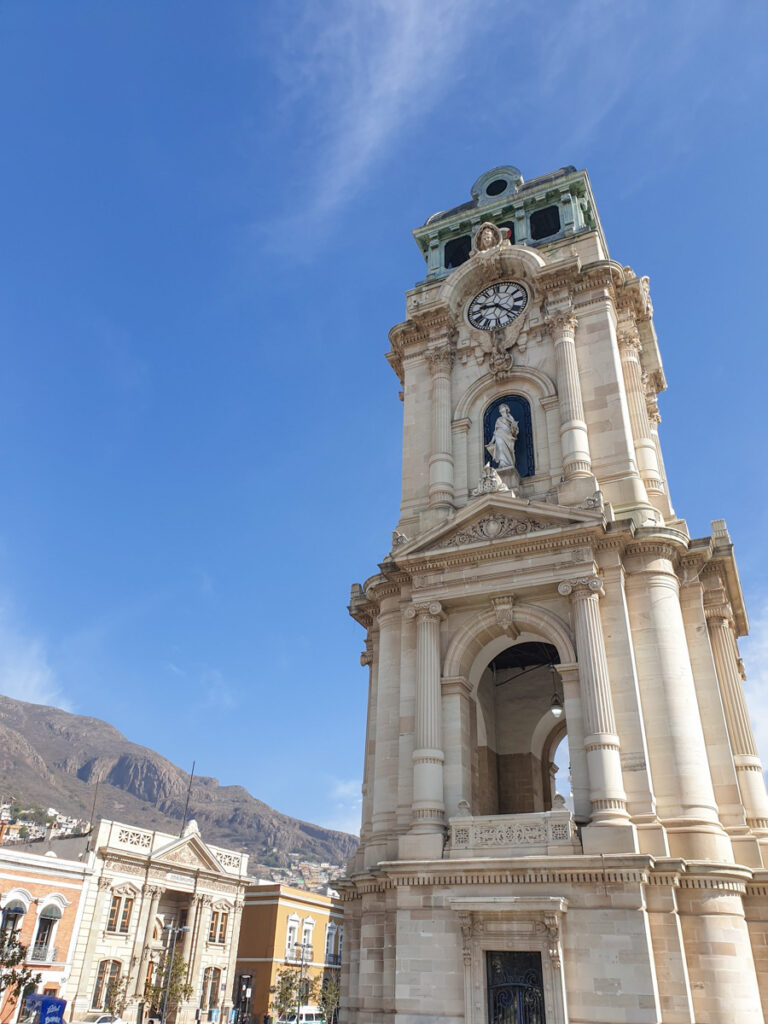
If you want to experience this slice of Cornwall inside Mexico, you’ll need to first fly to Mexico City. Buses connect the North bus terminal with Pachuca, which is a sizable city with a few decent hotel options.
You can also easily pick up a taxi from Pachuca to Real del Monte – there are less accommodation options here, so it’s best to do it as a day trip.




